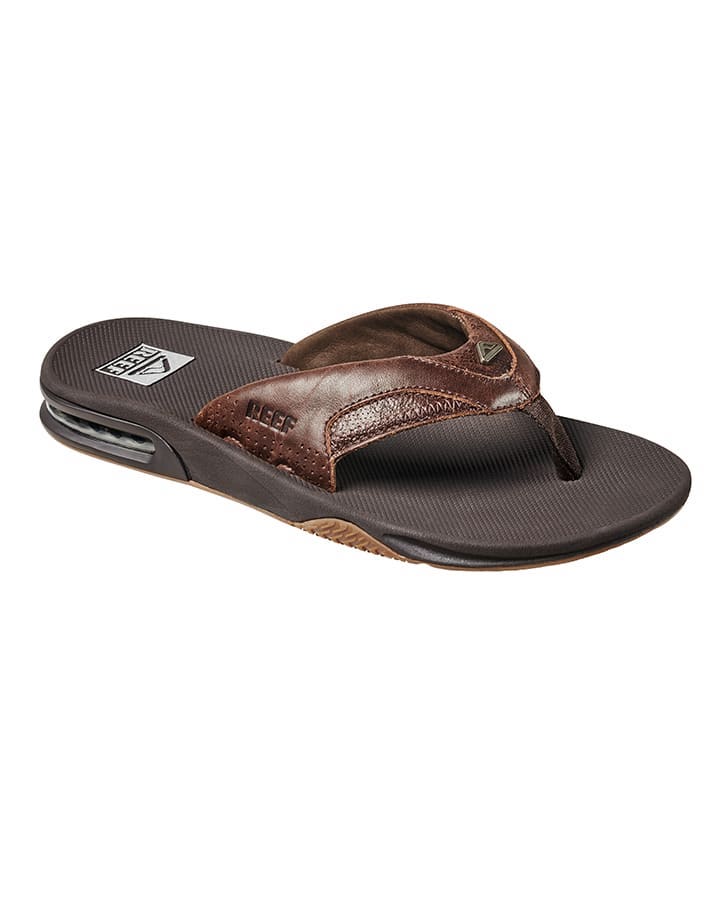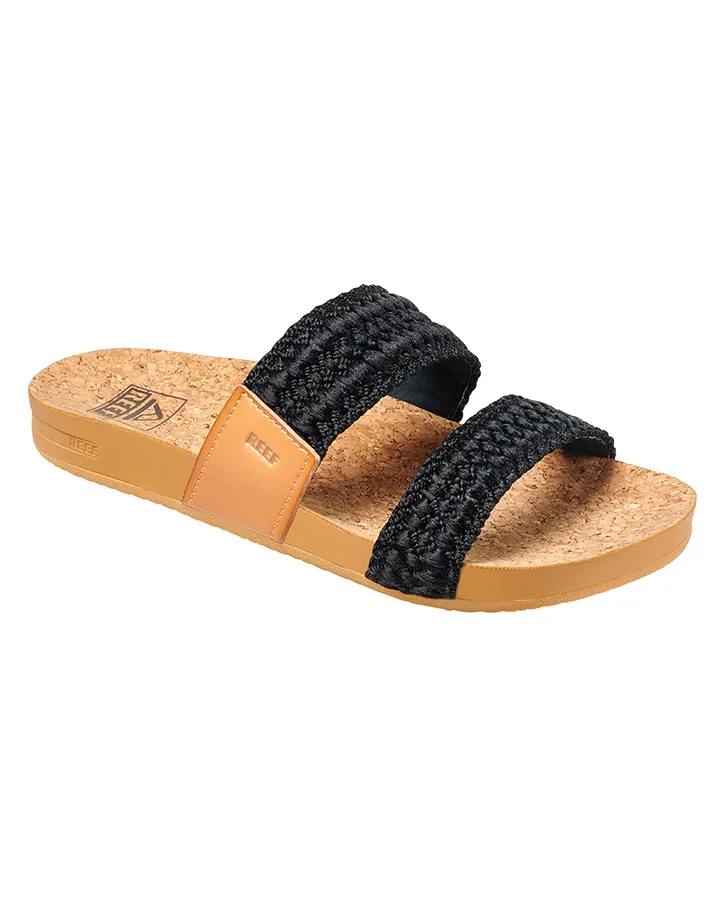“More of Mars has been mapped than the bottom of the sea. And that’s fucked up.” Cliff Kapano, pro surfer, molecular bioscientist, chemist, and journalist is angry. And it’s not just because he’s recently had his proud, wide Hawaiian nose buried deep into a live coral head surfing at Fiji’s Cloudbreak.
“Eighty percent of the world’s oceans are unmapped and haven’t been seen by humans. How are you supposed to look after something if you don’t even know what it looks like?” He asks.
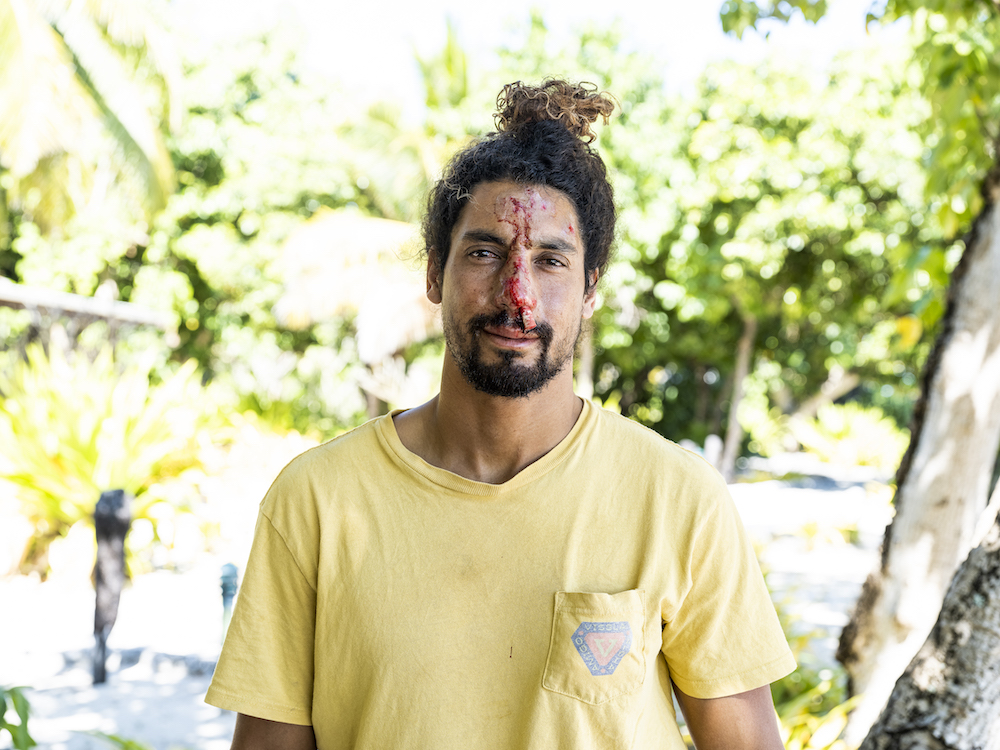
It’s a good question, and one he and his MEGA Lab colleagues are attempting to answer. By mapping and exploring the health of our reefs at the best surf breaks on the planet, the aim is to find fun and exciting ways to enjoy the surf and continue learning and educating along the way. They are making science sexy. If it wasn’t already.
Now, multi-scale environmental graphical analysis (MEGA) doesn’t exactly scream high-octane fun. Backed by Reef footwear, this is a global consortium of scientists, athletes, and artists that use science as a way to improve our planet. Based in Hilo, Hawaii, the MEGA lab currently consists of research groups that specialise in marine ecology, data science, climate change, and molecular analysis. The killer added component is storytelling. Through digital media and creative arts, they make science stick.
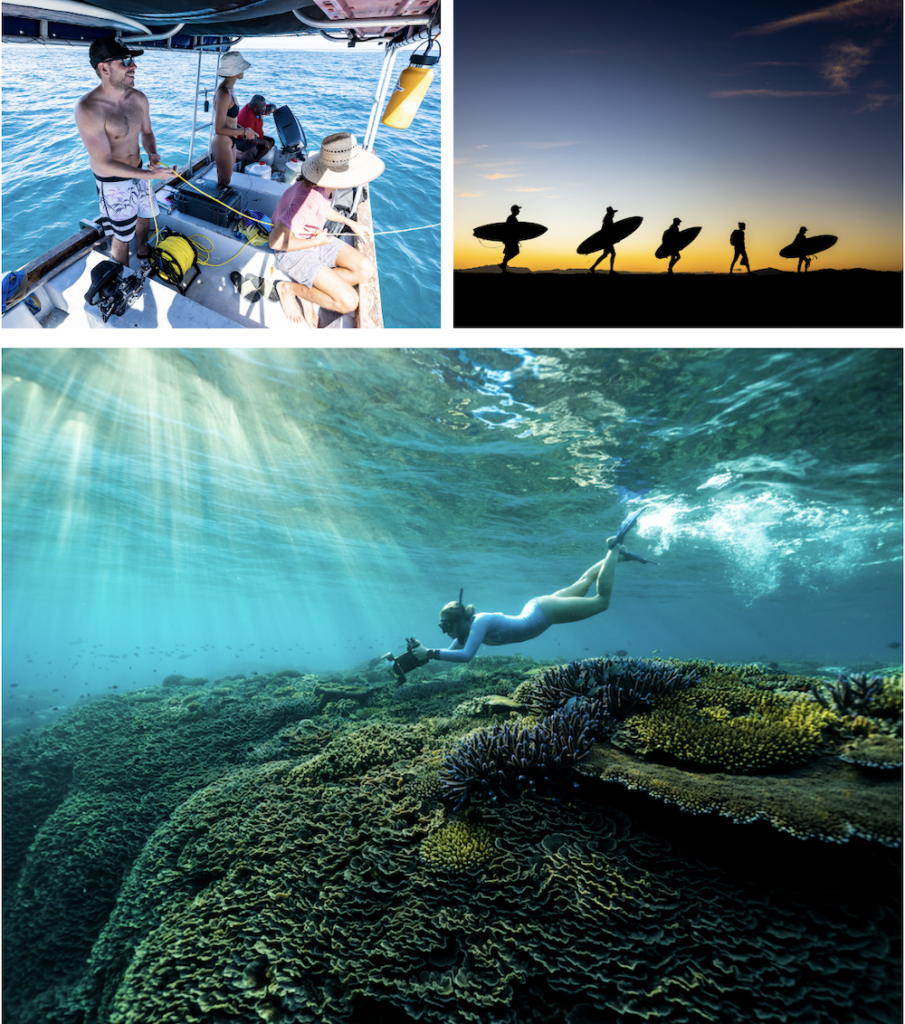
The key to that is coming up with the killer, engaging ideas. And analyzing what is going on under the surface of some of the world’s most iconic waves is a bloody good idea. Now perhaps unsurprisingly, the Mega Lab team is made up of surfers. I mean receiving funding to travel to the planet’s best waves is pure genius.
Those surfers are Prof. John Burns, who specializes in coral reef ecology and data science. Haunani Kane, a geologist who is a world expert on low-lying island resilience and climate change, another keen surfer. Research analyst Maluhia Kinimaka (daughter of legendary big-wave surfer Titus Kinimaka) also mapped the reef with underwater robotics and by getting barreled at the wave.
The team had already mapped Pipeline as part of Reef’s commitment to observe and conserve. The two breaks share a few similarities; both form world-famous left-handers and have what is known as spur and groove in their bathymetry. That’s where ridges, or fingers of reef formed by coral “spurs” are separated by channels or “grooves” which often have sediment or rubble bed.
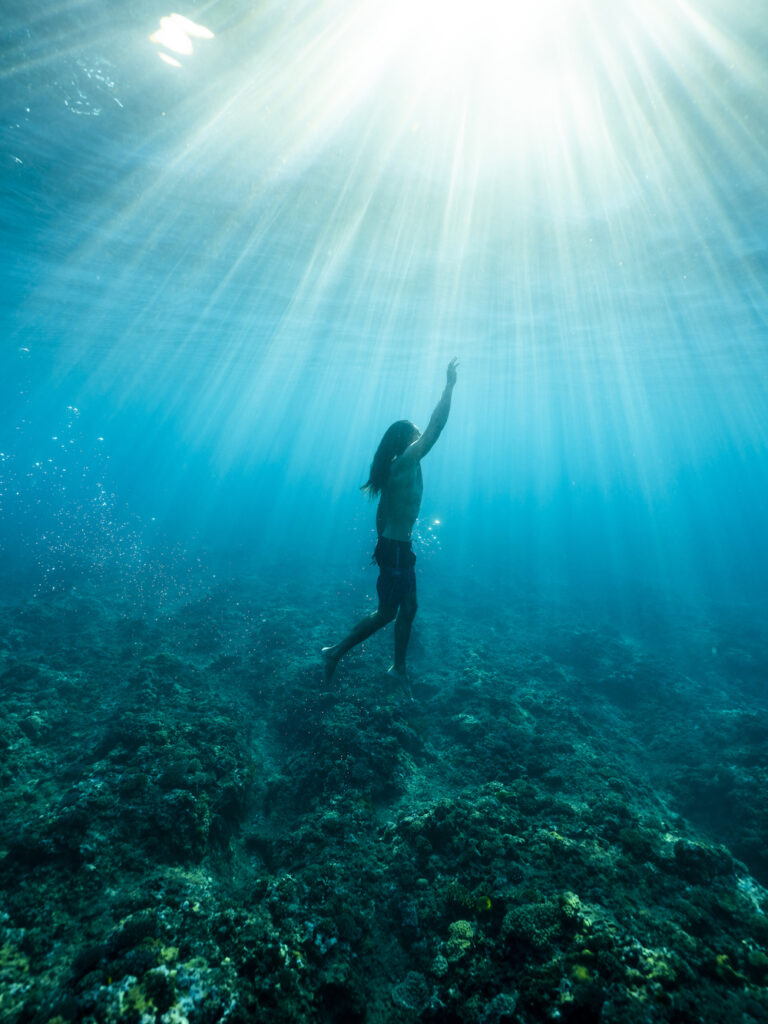
The main difference between the two reefs though is the size. The surf zone of Cloudbreak, known locally as Nakurukurumailani, covers over 5000 sq. meters. Now mapping a couple of football fields of coral ain’t easy. However, by using GPS, aerial, and underwater drone technology — along with data from Mick Fanning’s watch on his previous sessions to pinpoint exactly where to map — the Megalab team was able to get the data they needed. The images were then converted by MEGA Lab’s Kailey Pascoe into a detailed 3D model that shows every angle of the reef, down to its shallow channels and jagged edges.
“Ultimately, doing this which nobody has done on these reef breaks where these famous waves are, we can see not just how the reef makes the wave tick but how is the reef responding to climate change,” Mega Lab founder Burns said.
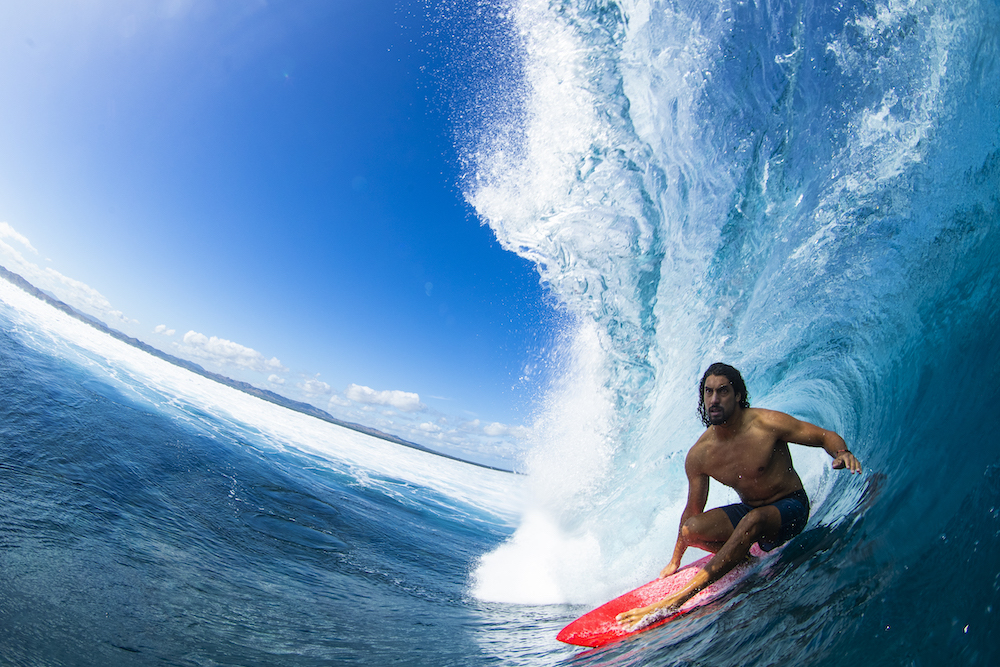
One key finding, after the team compared the reefs at Cloudbreak and nearby Restaurants, was that the more damage the coral reef has had, the less it can withstand impact and hold its shape. The mapping showed that the more alive and healthier the reef is, the more it can regenerate and maintain its ability to create amazing waves. If it is brittle and prone to breakage, it might not look or hold its shape well enough to have the same caliber of waves over the years.
“The biggest encouragement I can give is to recognize that coral reefs are living animals like you and me and even though they don’t move, they still can be disturbed if we aren’t careful around them,” concluded Kapano.
“The other key element is that good science only works if the local communities adopt them. Working with local stakeholders, REEF and MEGA Lab are hoping to transform the way we do conservation for years to come.”
What’s the bet that Teahupo’o is next on the list?
